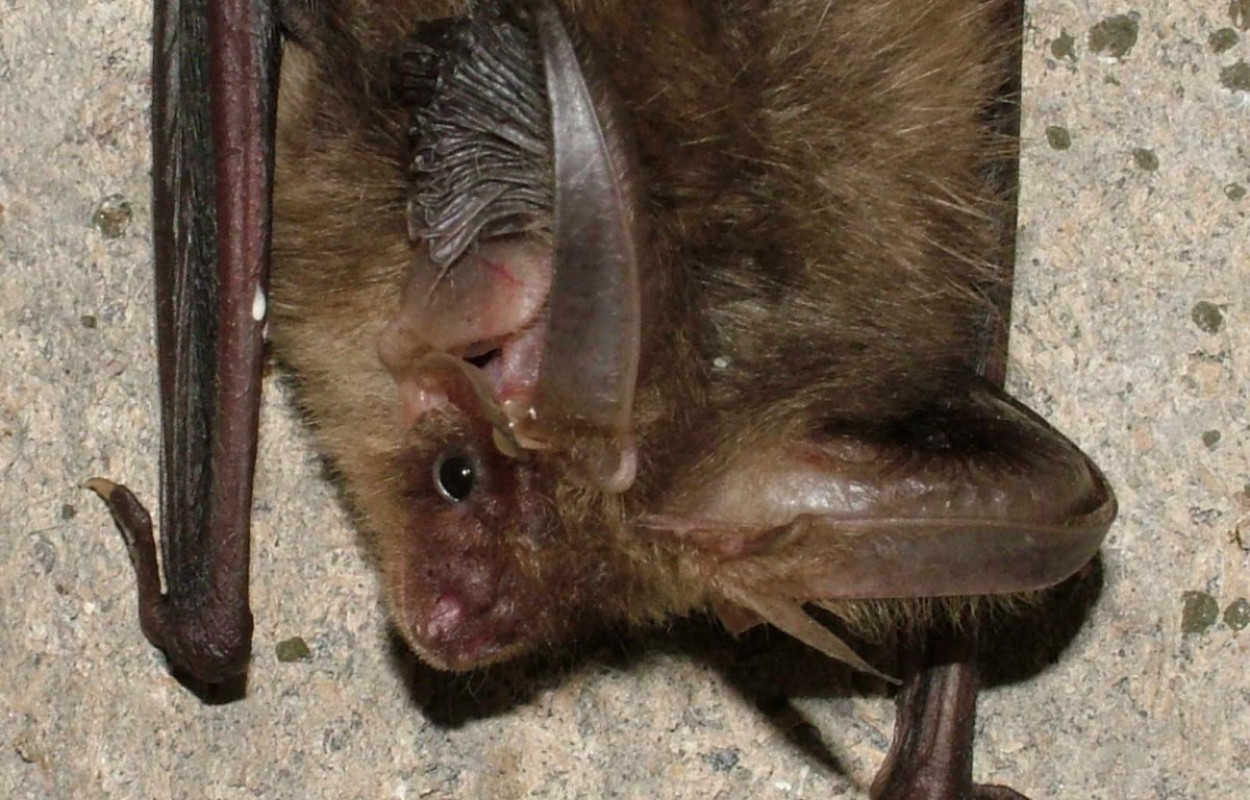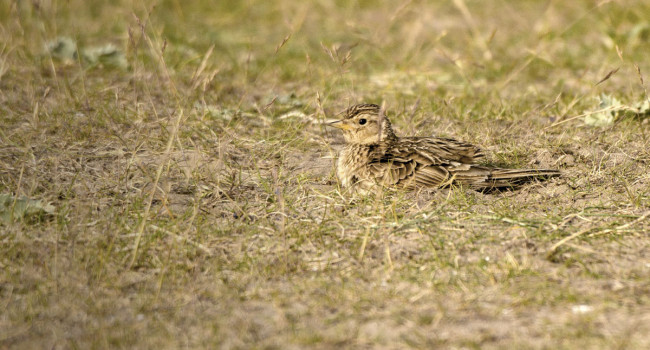Predicting the likely impact of urbanisation on bat populations using citizen science data, a case study for Norfolk, UK

Author(s): Border, J.A., Newson, S.E., White, D.C.J. & Gillings, S.
Published: February 2017
Journal: Landscape and Urban Planning Volume: 162
Digital Identifier No. (DOI): 10.1016/j.landurbplan.2017.02.005
New research led by the BTO has quantified the effect of new housing on the distribution and activity of bats. This work was based on data from the Norfolk Bat Survey, where members of the public have been borrowing passive detectors to collect data on Norfolk's bats since 2013. This Survey has achieved extensive survey coverage of both urban and rural areas, with about 20% of the county surveyed over the first three years of the project.
For each bat species recorded, BTO scientists modelled activity abundance and distribution in relation to habitat, human population and other variables that are likely to influence bats. These models were used to create predictive maps of the bats in Norfolk. Data from the Norfolk County Council on housing plans for the next 10 years were then incorporated to investigate how these predictions would change under the increase in housing.
The results showed that the existing housing plans are expected to reduce the abundance and distribution of all bat species currently found in Norfolk. At the 1-km square level these effects were quite severe in some cases. However at a country-wide level, only an extra 0.5% of Norfolk would be built on under new housing plans and consequently bat range and abundance is only expected to decrease by a maximum of 1-2% over this period. The study also explored the influence of mitigation measures; building on habitat least preferred by bats first and siting new houses in areas with fewer bats, or areas with bat species more tolerant to humans. These measures reduced the negative effect of housing for the majority of species, however, different bat species have different needs and requirements and consequently three species did worse under the mitigation scenarios. Mitigation measures will need to be targeted towards particular species of conservation concern to have the desired effect. The techniques used in this study could be usefully adopted for other species or scenarios at a time when wildlife is coming under ever greater pressure from our expanding towns and cities.









Share this page